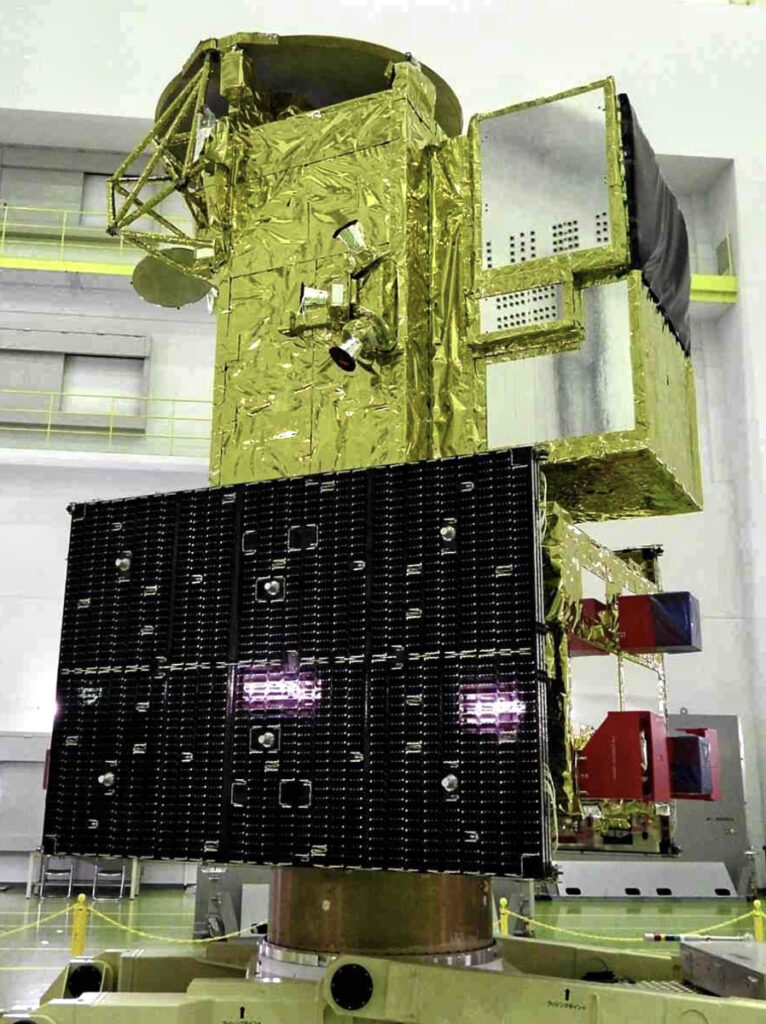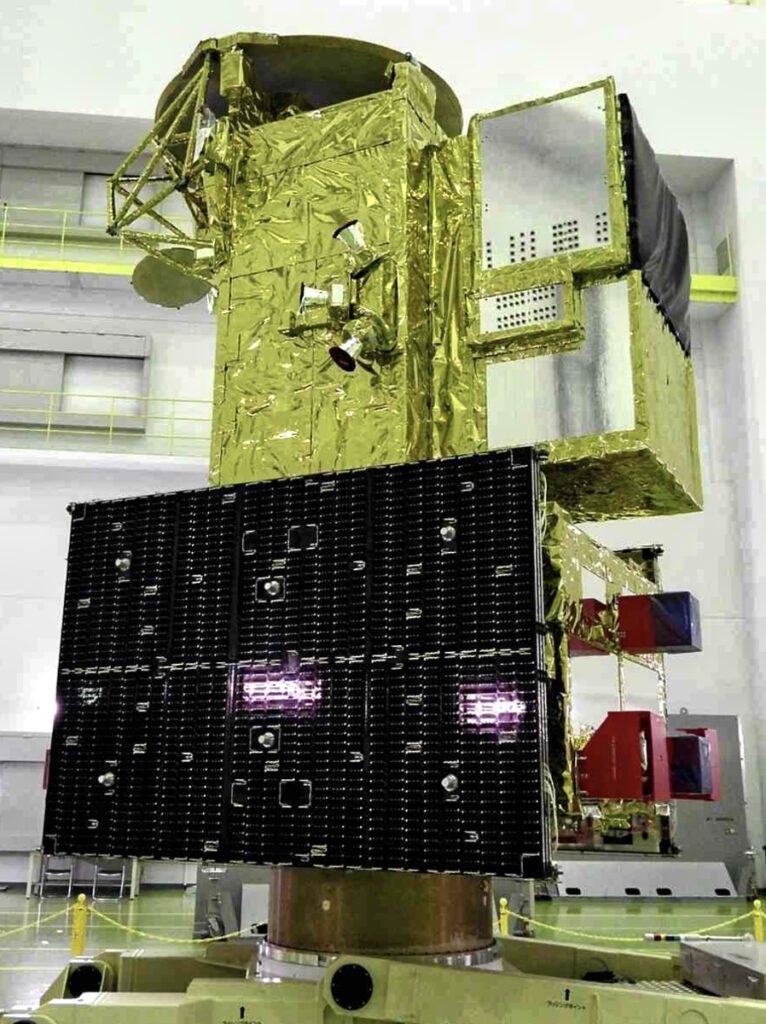

Japan News
To enhance the observation of greenhouse gases from space, the Japanese government will launch a new satellite in June—GOSAT-GW, the third in its series, is capable of performing observations across a plane rather than the current method of observing each point and this makes it possible to survey the Earth’s entire surface within three days.

The government will also strive to swiftly make public the analytical findings of the observations, with the use of AI, thus supporting the often-sluggish efforts of various countries to fight global warming.
The Environment Ministry launched its first greenhouse gas observing satellite, GOSAT, in 2009, and the second one in 2018 to measure atmospheric concentrations of carbon dioxide (CO2), methane and other gases.
Since the current GOSAT series satellites can only observe points of about 200 kilometers distance at a time, observations have been limited to the country level— the GOSAT-GW can make observations across a wide plane in one pass.
According to the National Institute for Environmental Studies (NIES), its sensors can observe an area of about 900 kilometers at a time, allowing a seamless survey of the entire globe. With its spatial resolution set to be up to 100-fold greater than the current satellites, the new satellite will enable city-level measurements of emissions.
The GOSAT-GW is also capable of measuring nitrogen dioxide (NO2), an air pollutant emitted by the combustion of fossil fuels at such facilities as thermal power plants, which is useful for estimating the possible sources of greenhouse gases and their amounts more accurately. The new satellite is capable of making simultaneous measurements of both CO2 and NO2, a world first.
The monitored data will be analyzed by the NIES using AI and other methods and also aims to make the findings public online within two to three days.
The GOSAT-GW is scheduled to be mounted aboard the H2A rocket No. 50, to be launched by the Japan Aerospace Exploration Agency (JAXA) on June 24.

To read the entire article, please access this direct Japan News link…
